Focus on Flexibility: Navigating NYC’s New Office Landscape
Okada & Co.’s CEO on the factors shaping the nation’s biggest market, which also include efficiency and employee well-being.
Today’s tenants are shaping the future of office spaces, as well as landlords’ approach to operating properties. The need for flexibility, an improved work-life balance and community-driven workspaces are all fueling the growth of the coworking sector, including in hubs like New York City.
The metro has emerged as the top market with the most coworking spaces in the country, reaching 594 locations as of December, according to a CoworkingCafe report. Although most of these spaces are concentrated in Manhattan and Brooklyn, flexible workspace providers are also opening new locations in other NYC areas, while office landlords are reevaluating their strategies for traditional office space.
With more than $1 billion in commercial real estate sales and a portfolio encompassing 2.5 million square feet, Okada & Co. has been active in NYC’s office market for more than two decades. For CEO Chris Okada, real estate is a family business, with his father immigrating from Japan to the U.S. back in 1967 and starting a real estate company soon after. Okada has now successfully navigated through three challenging periods for the commercial real estate market—9/11, the financial crisis of 2008 and the pandemic—so we asked him to expand on what is driving the office sector today, and also touch on the factors that will likely shape NYC’s office landscape in the years to come.
READ ALSO: Demand for Suburban Flex Office Is Intensifying
Work culture has changed dramatically in the past few years. How has that impacted demand for NYC office space?
Okada: The COVID-19 pandemic has undoubtedly transformed the way people work. Remote work and hybrid schedules have become the new normal, with many companies allowing their employees to work from home on a full-time or part-time basis. This shift has challenged the traditional way of working—a change that, on an individual level, has led to increased productivity, reduced commuting time and cost, and a better work-life balance.
For companies, it has created the opportunity to access a larger pool of talent from different locations as well as reduced overhead costs by minimizing their office footprint or eliminating the need for a physical office space altogether. That said, while the demand may ebb and flow, I wholeheartedly believe that there will always be a need for office.
Which NYC submarkets are registering the highest demand, for both standard office and coworking spaces? What can you tell us about vacancy rates across the metro?
Okada: Office vacancy rates in NYC are currently averaging around 16.1 percent, compared to the pre-pandemic rate of 11 percent. A few neighborhoods in Manhattan where you’ll currently find the highest office vacancies include the Financial District and Times Square, but Chelsea and the Flatiron District are registering the highest demand.
With the rise of remote work and flexible schedules, how do you see the future of traditional office spaces in NYC, particularly in Manhattan?
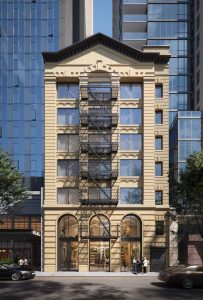
A 45,000-square-foot office building at 111 W. 24th St. in Midtown Manhattan owned and operated by Okada & Co. Image courtesy of Okada & Co.
Okada: As the needs and preferences of businesses evolve, traditional office spaces in Manhattan will likely adapt to meet the changing demands. This may include incorporating more flexible layouts, communal spaces, advanced technology infrastructure, and amenities that enhance employee well-being.
Office landlords and companies who opt for a physical space are increasingly exploring creative solutions to cater to the evolving needs of businesses in a post-pandemic era. For example, permanent desks are becoming less popular as companies adopt ‘hoteling’ models, essentially creating internal coworking spaces for their employees.
I’ve seen companies split weekdays among departments—the accounting department works in the office Monday, Wednesday and Friday while the marketing department takes Tuesday and Thursday, for instance. Both departments share the same desks, allowing companies to cut space anywhere from 30 to 50 percent.
Please expand on the specific factors contributing to the rise of flexible workspaces in NYC’s competitive market.
Okada: A host of factors are contributing to the rise of flexible workspaces in New York City’s competitive market including evolving work culture, cost efficiency, scalability, networking opportunities, amenities and services, remote work adoption, and advanced tech infrastructure.
One of the primary factors is cost efficiency. NYC’s commercial real estate market is known for its high rents and operating costs. Flexible workspaces provide a cost-effective alternative to traditional office leases. Businesses can opt for shared workspaces, coworking spaces, or serviced offices, paying only for the space they need and avoiding long-term commitments. This cost efficiency is particularly attractive for startups, freelancers, and small businesses looking to establish a presence in Manhattan without incurring significant overhead expenses.
As these contributing factors continue to shape the modern workplace, coworking spaces provide a dynamic and adaptable solution for businesses in NYC seeking flexible office arrangements.
READ ALSO: Why Having a Workplace Strategy Is a Must Today
In your opinion, how big of a role does adaptability play in the design and functionality of modern coworking spaces?
Okada: Adaptability is a fundamental principle in the design and functionality of modern coworking spaces. As the in-office experience has evolved over the past few years, many are seeking flexible layouts and multi-purpose spaces that can accommodate different work styles, varying team sizes, and suitable environments for both individual assignments and group collaborations.
As such, there has been an increase in the use of modular furniture, movable partitions and adjustable workstations that enable users to customize their workspace according to their specific needs. This adaptability enables professionals to work more efficiently, collaborate effectively, and thrive in a dynamic and evolving work environment.
Ease of access and comfort are also important aspects. What else are tenants seeking today?
Okada: As it relates to both coworking spaces and private office spaces, we’ve noticed an increase in the demand for turnkey offices and subleases. Tenants are increasingly seeking offices that come fully furnished and all they need to bring is themselves and their computers.
I have also seen an increase in tenants requesting private offices within a coworking space, which allows them to shut the door while also having access to the building’s amenities and services. These can include printing and scanning facilities, meeting room booking systems, on-site cafes or snack bars, wellness areas, and sometimes even childcare facilities. The adaptability of these amenities allows members to access the services they require, contributing to their overall productivity and work-life balance.
READ ALSO: A Glimpse Into NYC’s Booming Boutique Coworking Scene
What makes a good performing coworking space?
Okada: While Okada & Co. does not directly represent a coworking space, we do represent landlords who offer these spaces as well as tenants who opt for a more flexible workspace. Understanding both the landlord and the tenant perspectives, we feel confident that the three main aspects that produce a top-performing coworking space are brand recognition, design and good location.
A well-established brand in the coworking industry can build trust and credibility among potential users. A recognizable brand with a positive reputation often implies a track record of providing quality services, which can attract professionals seeking reliable and reputable coworking spaces.
From functionality and efficiency to aesthetics and atmosphere, a well-designed coworking space provides areas that foster productivity and collaboration, and offer appealing color schemes, comfortable furniture choices, and an inspiring environment.
A coworking space located in a prime and easily accessible area attracts professionals who value convenience. A central location near transportation hubs, business districts, or major highways can reduce commuting time and provide easy access for clients or visitors.
Considering the latest shifts in the office sector induced by the pandemic, tech layoffs and now the overall economic uncertainty, how does the future of the NYC office market look like?
Okada: Office has always been a driving force of the New York City economy, and as the ‘standard’ workplace evolves, the city will experience growing pains. This is evidenced by the number of office-related foreclosures, mortgage defaults, and deeds in lieu of foreclosure negotiations that have skyrocketed in 2023.
That said, while some companies may downsize, I do believe that companies will always need physical office space. Reports have shown that real estate, law and financial service firms have the highest in-person workplace attendance—three industries that are prevalent in New York City. These larger, more established companies are looking to lock in the current rates for a long time, signing upwards of 10-year contracts.
The future of offices in NYC will be shaped by various factors, including the rate of economic recovery, ongoing office-to-residential conversions, and the preferences of employers and employees. Flexibility, adaptability, and a strong emphasis on employee well-being are likely to be key drivers in the evolving landscape of office spaces in New York City.




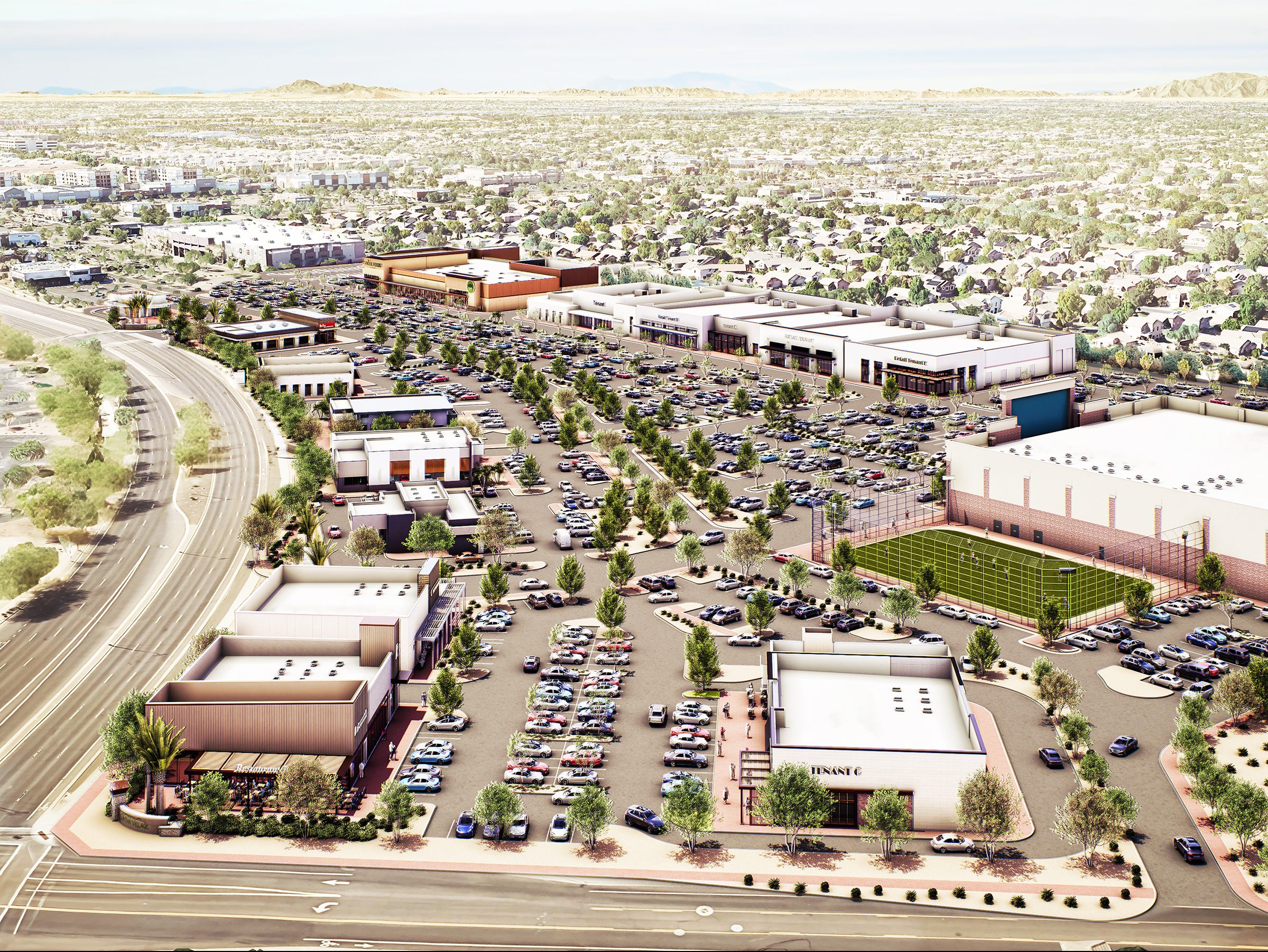

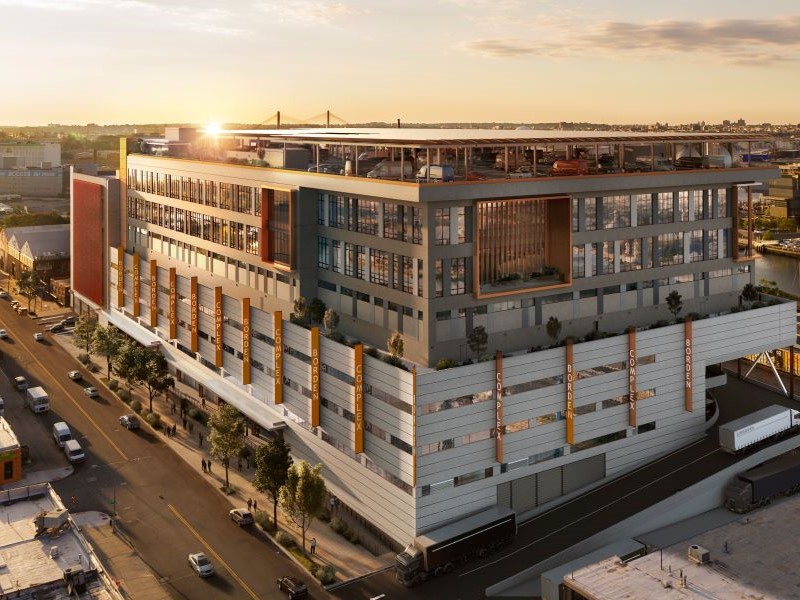
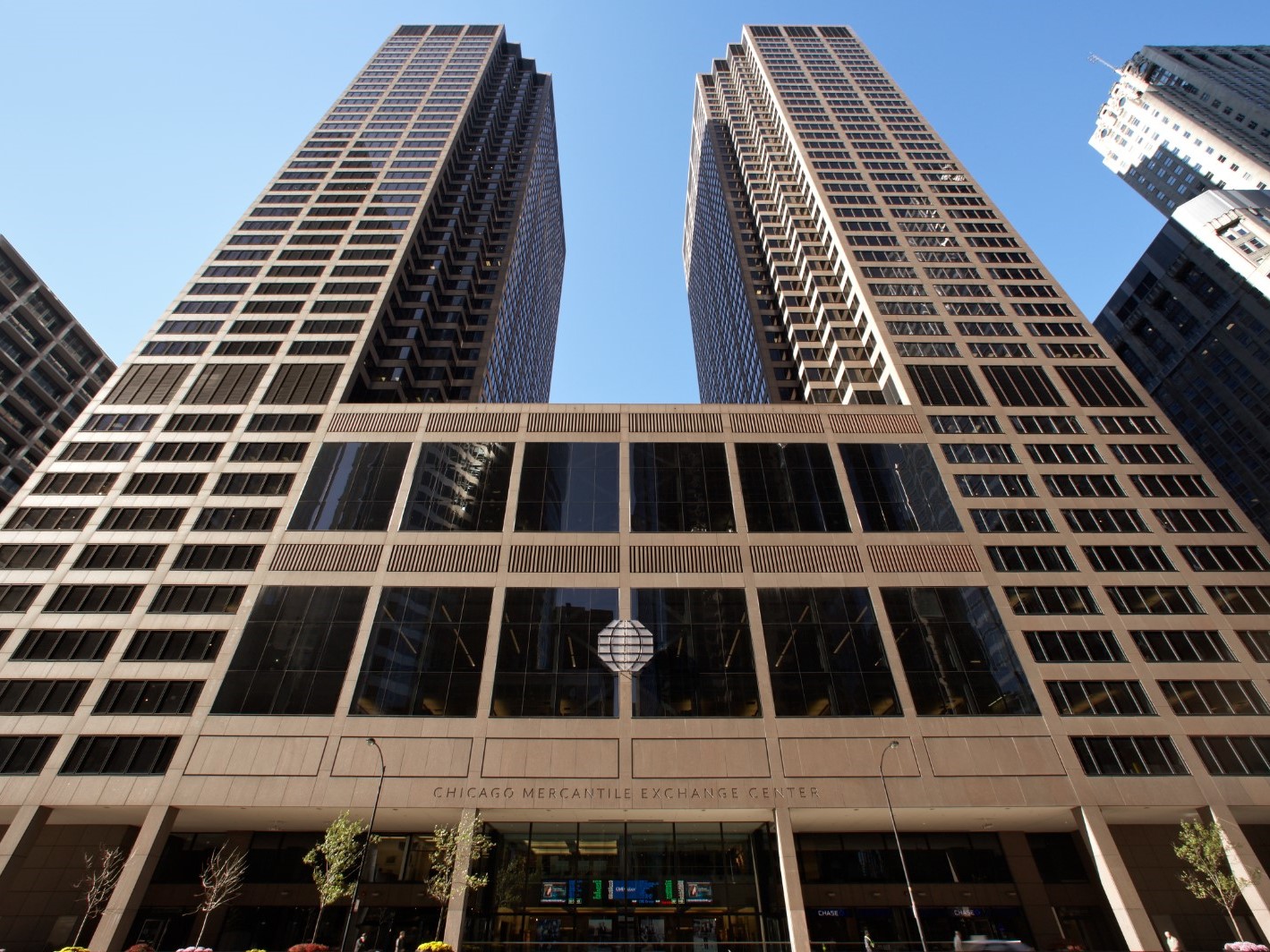
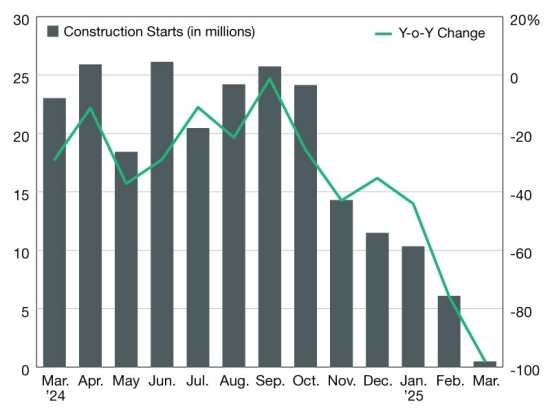
You must be logged in to post a comment.